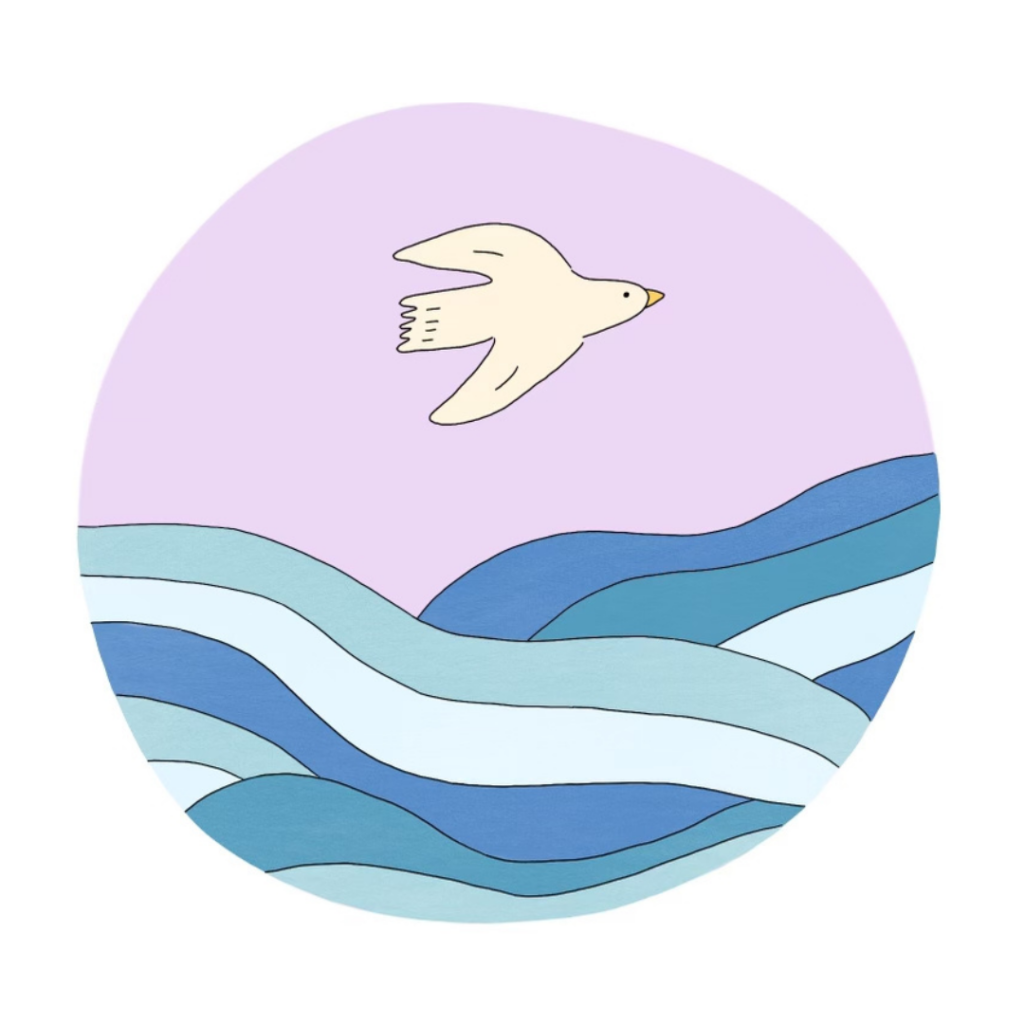
Introduction
In this lesson plan, sanctuary visitors learn about the impact that modern animal agricultureThe human production and use of animals in order to produce animal products, typically for profit. has on Earth’s water sources by way of a tour of your sanctuary and some of its residents. By examining the different aspects of water usage that caring for farmed animalsA species or specific breed of animal that is raised by humans for the use of their bodies or what comes from their bodies. demands, participants in this lesson see that many of the water crises Earth is currently facing are not simply accidents or a natural progression of Earth’s evolution; they are manifestations of modern agricultural practices that harmThe infliction of mental, emotional, and/or physical pain, suffering, or loss. Harm can occur intentionally or unintentionally and directly or indirectly. Someone can intentionally cause direct harm (e.g., punitively cutting a sheep's skin while shearing them) or unintentionally cause direct harm (e.g., your hand slips while shearing a sheep, causing an accidental wound on their skin). Likewise, someone can intentionally cause indirect harm (e.g., selling socks made from a sanctuary resident's wool and encouraging folks who purchase them to buy more products made from the wool of farmed sheep) or unintentionally cause indirect harm (e.g., selling socks made from a sanctuary resident's wool, which inadvertently perpetuates the idea that it is ok to commodify sheep for their wool). the Earth, humans, and nonhuman animals in a multitude of ways. The ultimate goals of this lesson plan are to support program participants in fostering a compassionate and informed understanding of the immense strain modern agricultural practices place on our planet, and to empower participants to take creative action in their communities, raising awareness about this critical issue and working towards mitigating the negative effects.
As with every educational program we create, please leave room to edit, modify, and adapt the activities, questions, and materials based on your sanctuary and audience’s specific needs. Built-in flexibility is an important aspect of effective educational design. Please also check out the introduction to our first early elementary-age lesson plan for important things to consider as you develop and implement any sanctuary education lesson plans at your sanctuary (e.g. positionalities, language use, modifications for people with disabilities, common core learning standards, and more).
Below, you will find a form to fill out to receive this lesson plan. This lesson plan is the first part of a multi-part sanctuary education program for middle school-age children. It can be adapted and used by sanctuary educators and representatives as a standalone lesson or ideally, as part of a long-term program with the second, third (forthcoming), and fourth (forthcoming) middle school sanctuary education lesson plans. Please stay tuned for more!
Download the Lesson Plan
Enter either your organization’s name or your name and email below to download the lesson plan!
We promise not to use your email for any marketing purposes!
Would you prefer to access this lesson plan in a different way? Contact us and let us know!
Sources
Communicating with Youth About Animal Exploitation | The Open Sanctuary Project
Early Elementary-Age Sanctuary Education Lesson Plan #1 | The Open Sanctuary Project
Fostering Critical Thinking at Your Animal Sanctuary | The Open Sanctuary Project
Fostering Empathy at Your Animal Sanctuary | The Open Sanctuary Project
Middle School Sanctuary Education Lesson Plan #2 | The Open Sanctuary Project
The Environment and Modern Agriculture | The Educated Choices Program
Cesspools of Shame: How Factory Farm Lagoons and Sprayfields Threaten Environmental and Public Health | Robin Marks (Non-Compassionate Source)
Understanding Concentrated Animal Feeding Operations and Their Impact on Communities | Carrie Hribar (Non-Compassionate Source)
Water in Swine Nutrition | Kansas State University (Non-Compassionate Source)
Watering Tips for Swine | The University of Maine Cooperative Extension (Non-Compassionate Source)
Nutritional Requirements of Sheep | Merck Veterinary Manual (Non-Compassionate Source)
Nutrition of Goats | Merck Veterinary Manual (Non-Compassionate Source)
Cool, Clear Water | Thomas Lenz, DVM, M.S., DACT (Non-Compassionate Source)
Daily Water Consumption of Turkeys Raised in Utah | Utah State University Cooperative Extension (Non-Compassionate Source)
How Should I Keep and Care for My Pet Ducks | RSPCA (Non-Compassionate Source)
Nutrition of Rabbits | Merck Veterinary Manual (Non-Compassionate Source)
Water Footprint of Food Guide | Water Footprint Calculator
Product Gallery | Water Footprint Network
This is How Much Water it Takes to Make Your Favorite Foods | HuffPost
What Can Students Learn by Writing to Politicians | MiddleWeb
Non-Compassionate Source?
If a source includes the (Non-Compassionate Source) tag, it means that we do not endorse that particular source’s views about animals, even if some of their insights are valuable from a care perspective. See a more detailed explanation here.








